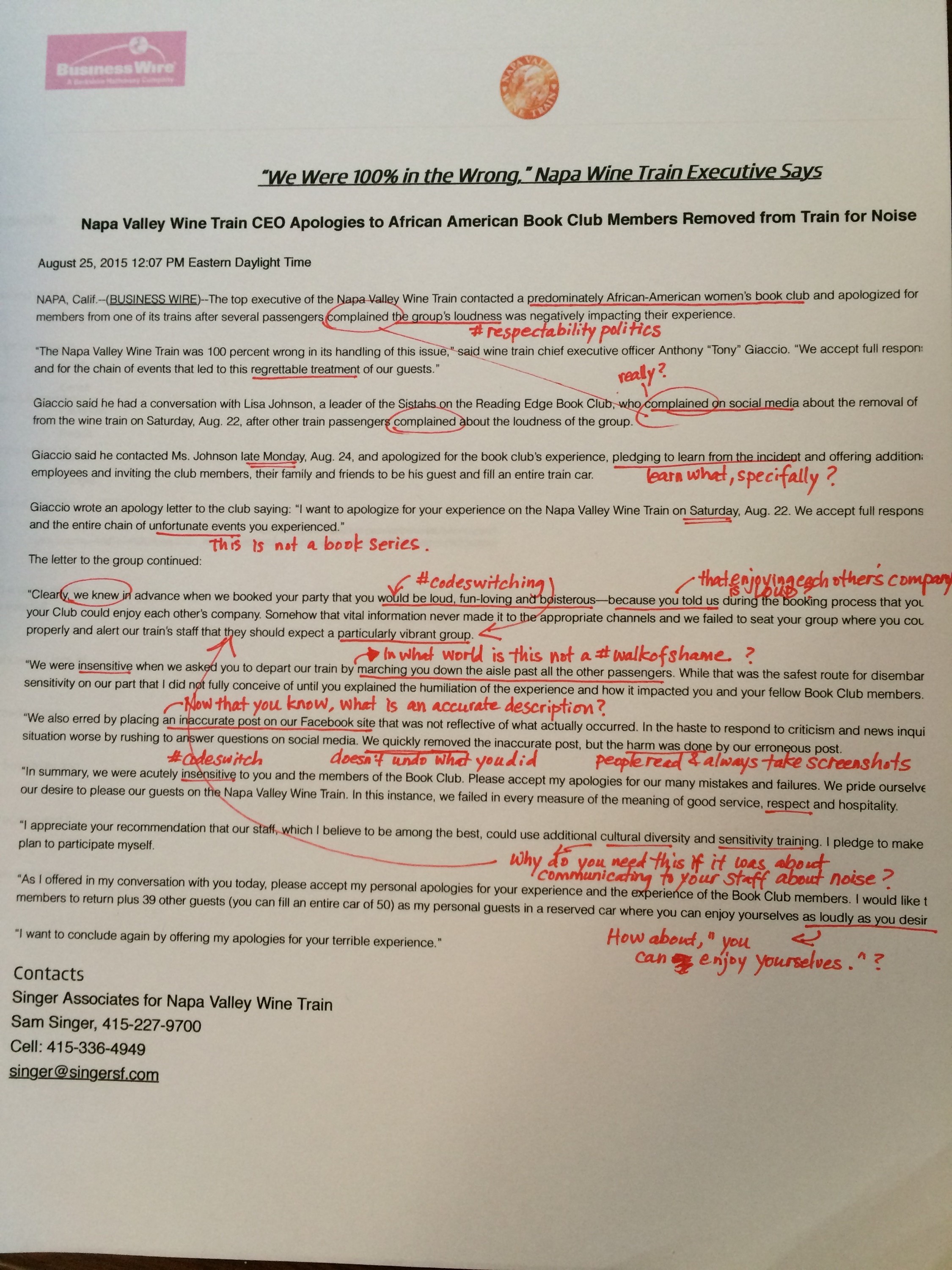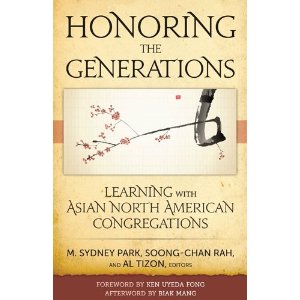My Dear Readers,
Some of you may have posted a black square on IG or used #BlackOutTuesday as a show of solidarity with the Black community. This week folks also were encouraged by @JessicaWilson.msrd and @BlackAndEmbodied to #AmplifyMelanatedVoices –
- Mute white folks doing social-justice related work.
- Follow BIPOC who are speaking directly from their lived experience
- Share content created by BIPOC. Tag their works.
In the spirit of #AmplifyMelanatedVoices we have the honor of listening to and learning from three Christian Hmong women. If you don’t know anything about the Hmong people, LMGTFY . Remember, you don’t have to limit your learning about the Asian American diaspora to the month of May.
Ashley Gaozong Bauer is a bi-racial, white and Hmong American Woman. Minister, Speaker, Teacher and Coffee Drinker.
I’m upset, grieving and mourning the death of George Floyd. I’ve had to lament the death and confront my own participation in this racial and systemic injustice. What am I feeling? What are other people making me feel? Why do I feel like others are telling me what my story is? Why are others appropriating our (Hmong) story to make a stance on racial injustice? I am not ashamed of either being White or Hmong. I’ve accepted the brokenness and the collective shame of both identities.
What I feel ashamed of is how Asian Americans are responding, making the face of a Hmong man the poster child of complicity in the Asian American community. I have always struggled with fully identifying as Asian American or even belonging. Only now to be fully seen by Asian Americans for this unfortunate event.
Asian Americans, East Asians, and especially Asian American Christians who have decided to emerge from the silence and exercise your voice. I’ve heard you, seen what you’ve had to say, but your voices are projecting your own “White guilt” onto the Hmong cop involved in the death of George Floyd.
You look at one Hmong man, call him Asian, and then project your collective shame unto a people group that has never been fully received by “Asian Americans.” Complicity and model minority myth is your own collective brokenness to bear. Our (Hmong) story is not yours, and your stories are not ours. We’ve had to share in the collective shame of the model minority, but when have Asian Americans shared in the pain and suffering of the Hmong refugee narrative and threats of deportation?
I am frustrated and pained because our story is not your story; you do not get to claim it for your own benefit! Get facts straight and check yourself.
Now is the time to sit in the pain and the narratives that are not East Asian dominant. Now is the time to actually hear the Hmong American perspective during this chaos and know that labeling it as “Asian American” is painful because it’s not a homogenous identity. Our narrative is not rooted in privilege similar to East Asians. Also, learn that there are other non-East Asians as well as many refugee communities that are impacted too.
So yes, stand up for the injustice and stand up for Black lives. But own your own shame, guilt, and story. Don’t perpetuate injustice with another act of injustice by appropriating the Hmong story for your own self-righteousness or your own inaction. It is your privilege that allows you to do that.
Use your voice and our collective identity to stand for justice but not at the expense of our multifaceted Asian American experience. Stand for black lives. Our voices are needed. Our voices have been missing. Cry out, speak out and learn. We’ve been late.

 And then that wonder turns into a hint of longing for what was once familiar, and that is exactly what happened for me as I read Honoring the Generations:Learning with Asian North American Congregations (M. Sydney Park, Soong-Chan Rah, and Al Tizon, editors; Judson Press 2012).
And then that wonder turns into a hint of longing for what was once familiar, and that is exactly what happened for me as I read Honoring the Generations:Learning with Asian North American Congregations (M. Sydney Park, Soong-Chan Rah, and Al Tizon, editors; Judson Press 2012).